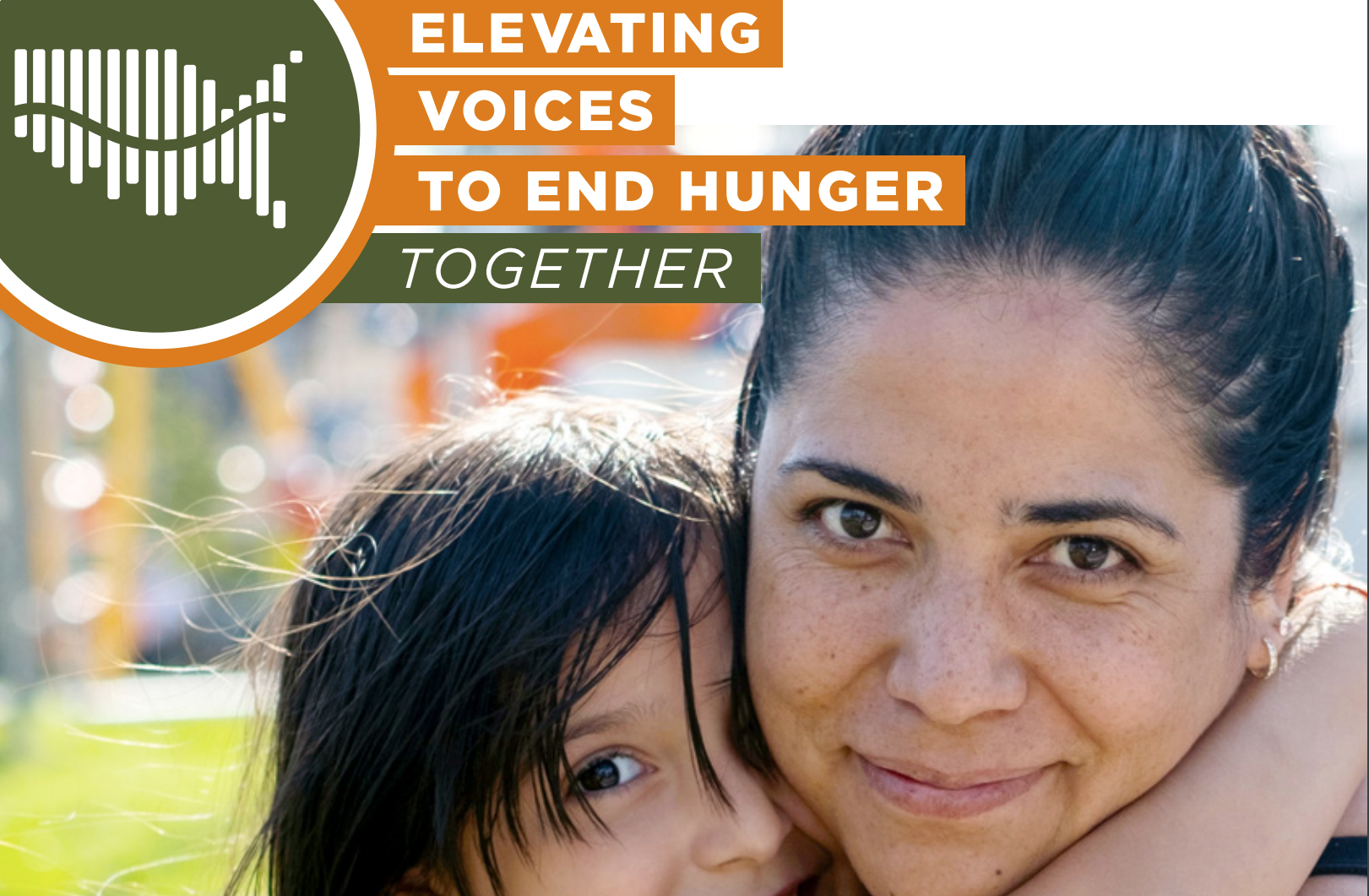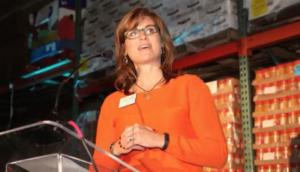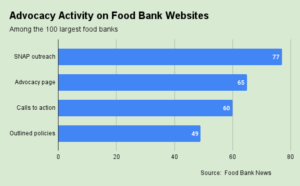Feeding America’s report to inform the upcoming White House Conference, released today, comes exactly one month after another influential group known as the Task Force on Hunger, Nutrition and Health, released its own report.
Both reports are aligned along certain high-level policy recommendations, including expanding SNAP so that benefit levels are higher and more people qualify; supporting produce prescription and incentive programs; and making WIC more convenient for more people. But they also diverge in notable ways.
Perhaps not surprisingly, the Feeding America report puts much more emphasis on expanding funding for TEFAP, highlighting that as a top recommendation, while also pushing for reduced TEFAP paperwork. The Feeding America report also advises continued use of the Commodity Credit Corp., a Depression-era entity recently invoked by the USDA to make nearly $1 billion of additional funding available to emergency food providers. The Task Force report, meanwhile, makes only a glancing reference to TEFAP and does not mention the Commodity Credit Corp. at all.
The Task Force report acknowledges that there are “many critical issues” that drive outcomes related to hunger, nutrition and health – such as economic opportunity and social determinants of health – but said it purposely refrained from addressing such issues for the sake of keeping within the defined conference agenda. This narrow focus contrasts with Feeding America’s broader approach, which calls for investments in areas outside the direct realm of hunger, such as in public transportation, more affordable housing, attention to immigrant communities, and the expansion of tax credits.
Both reports refer to innovation, but have different interpretations of it. In the Feeding America report, innovation means novel ways of delivering food, such as by using refrigerated food lockers or mobile food trucks. In the Task Force report, innovation refers to efforts like supporting food businesses owned by marginalized groups and encouraging the private sector to improve the nutritional quality of the food supply.
On the potentially divisive issue of whether SNAP users should be restricted from purchasing foods with low nutritional value, such as sugar-sweetened beverages, the reports essentially came down on the same side. The Feeding America report advocates for the expansion of incentives to encourage healthy food purchases, versus limiting choice. The Task Force participants, meanwhile, agreed to disagree, outlining opposing viewpoints in a long sidebar, but refraining from making a specific recommendation on the matter.
Feeding America’s report is the culmination of a massive nationwide effort by its member food banks to get input from people who have actually experienced food insecurity. Just over 1,000 people participated in listening sessions; another 1,300 took part in an 18-minute survey, nearly 25,000 completed a questionnaire, and nearly 8,700 responded to text outreach. In all, Feeding America said it got input from nearly 36,000 individuals with lived experience across all 50 states.
But for all the effort put into getting input from people with lived experience, there is relatively little in the way of the “client voice” in Feeding America’s slim 27-page report. We learn that 83% of survey respondents support raising the income limits for SNAP; 49% say their communities need more food pantries, grocery stores and fresh food, and 92% agree that food is medicine.
In contrast, the Task Force report offers deeper insight into client viewpoints by devoting 10 pages of its 128-page report to detailed summaries of its own listening sessions, which involved an estimated 150 or so people with lived experience.
One finding: in three of four of the Task Force’s listening-session summaries, clients strongly advocate the use of SNAP to purchase hot or prepared meals. “Allowing people to purchase hot and/or prepared food was a key suggestion in every focus group,” said one summary. “The most widespread request was to allow hot food purchases with SNAP benefits,” said another. – Chris Costanzo
Like what you’re reading?
Support Food Bank News









